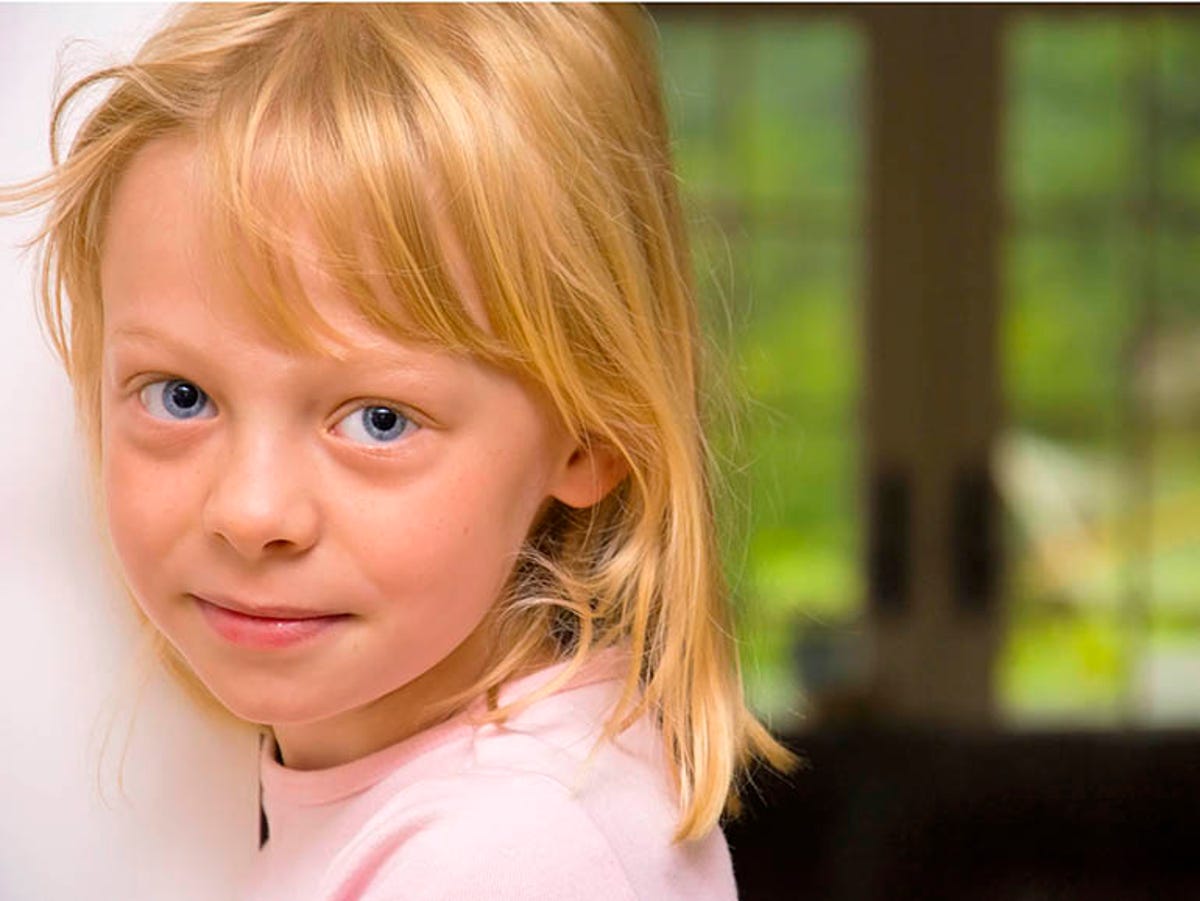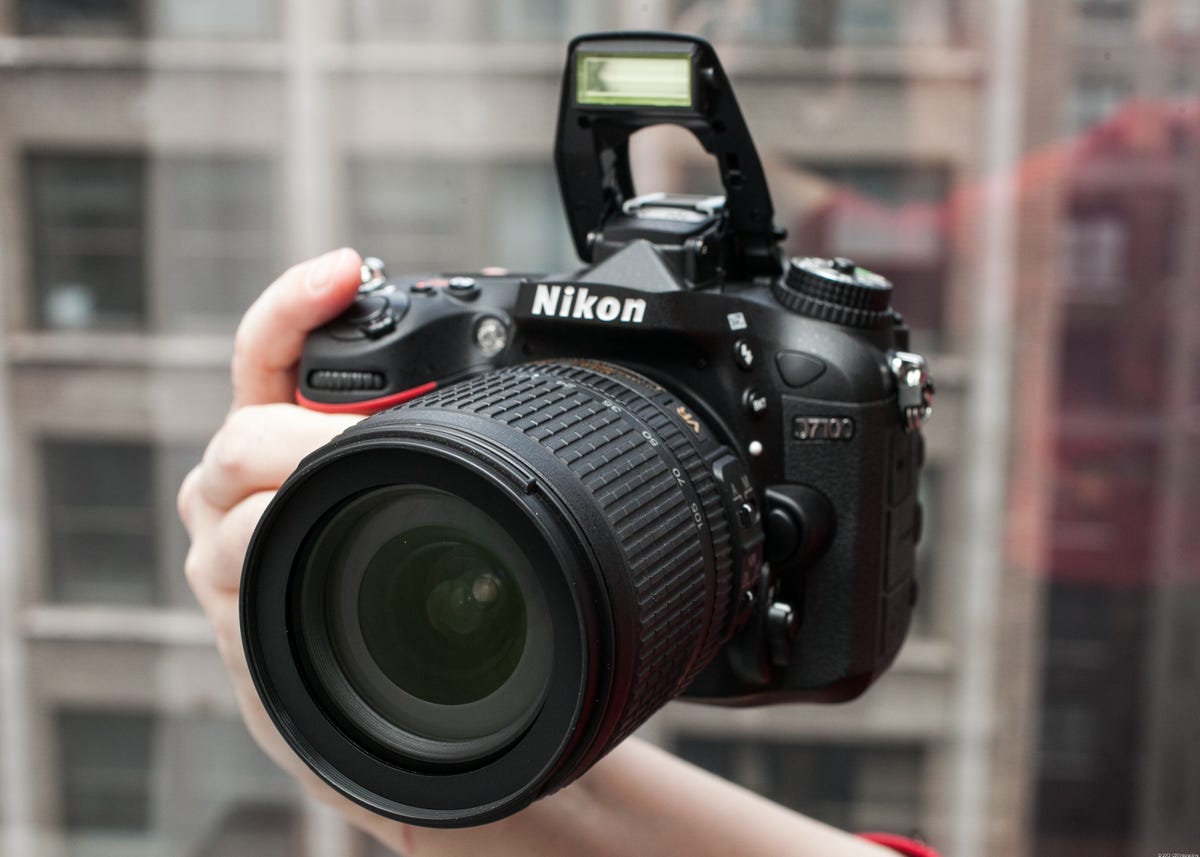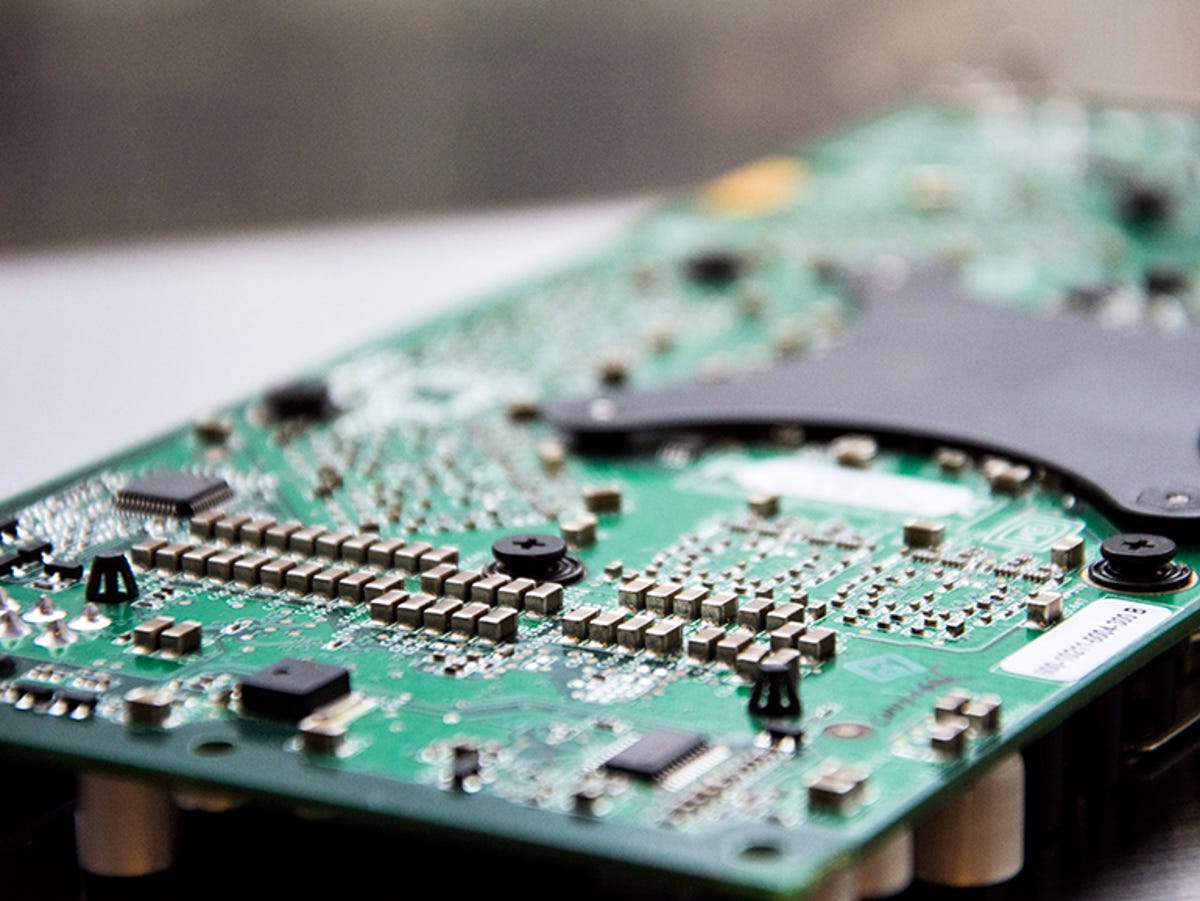How To Get Blurred Background On Canon Video

There are plenty of proficient reasons to put down your smartphone or point-and-shoot and buy a digital SLR.
If, for you lot, it was because you drooled over food photography with a shallow depth of field or portraits where the field of study is in sharp focus merely the background is blurred, y'all may have immediately been disappointed past your shots and left wondering what you were doing wrong.
The fact is the lens that comes with most dSLRs, aka the kit lens, isn't really your all-time pick for achieving a shallow depth of field.
Without getting into the technical details, cameras with big sensors, such every bit digital SLRs, are able to create more background blur than the much smaller sensors in an average bespeak-and-shoot. Notwithstanding, you'll as well want to employ a lens with a wide maximum aperture, something the typical kit lens just doesn't have.

For example, the standard kit lens usually has a maximum discontinuity of f3.5 and ideally you lot'll what something much wider (lower f-terminate number) like a lens that starts at f1.viii, f2.0, or f2.eight.
And so, yes, if you want supersoft out-of-focus backgrounds, you're going to desire to pair your dSLR with a skillful lens with a wide aperture. If that'south not an pick and all you take is the zoom lens that came with your photographic camera, you can still cut down on distracting backgrounds and go the advent of a shallow depth of field with these steps.
Acquire your lens' minimum focus distance
If y'all don't understand apertures or focal lengths, that'southward fine because you really don't need to for this. What y'all should discover out, though, is the focusing range for your camera. More than specifically, how closely the lens tin can focus at its widest position (fully zoomed out) and its telephoto position (fully zoomed in).
For example, the photo at the very tiptop of this story was taken with the Nikon f3.5-5.vi 18-105mm kit lens that comes with the D7100. This lens can focus equally close as 1.48 feet (0.45m). This information is usually available in the specifications section of your lens' manual or on the manufacturer's Web site. You can always merely approximate it, too, through trial and error.
Zoom all the style in and become as shut equally possible
The longer the focal length the shallower depth of field appears. For the Nikon lens I mentioned earlier, this means zooming in to 105mm. Some dSLR kits come up with two lenses in which case you'll want to use the one with the longest focal length. For example, the D7100 tin can exist plant in a kit with eighteen-140mm and 55-300mm lenses, then yous'll want to employ the 55-300mm and zoom in to 300mm.
Recall the focusing range from the earlier step? You'll need to know that for this so you know just how close you can get to your subject area and have them exist in focus. The closer you can get to your subject, the ameliorate off you'll exist.

Use the largest available aperture
Equally mentioned earlier, kit zoom lenses tend to start with a small maximum aperture and that aperture gets even smaller when zoomed in. Smaller apertures hateful greater depth of field and sharper backgrounds.
While using your kit lens' maximum aperture (f5.6 in this case) won't have the same blurring capabilities as a zoom lens with an f2.eight maximum aperture, it does have some event. Go for the widest discontinuity bachelor (lowest f-stop number). For beginners, you can practise this past putting your camera in Program or Aperture-priority modes, or Manual if you want complete command over aperture and shutter speed.
Put as much distance between your subject and the groundwork equally possible
Going back to the portrait upwardly peak, though the doors in the background await close, they are actually about 30 anxiety away from the field of study. The more distance there is between your field of study and the background, the more it will be out of focus.
1 last notation: Using a fast lens, in other words, 1 with a wide maximum discontinuity non only gives you shallow depth of field, but lets in more lite, and then shooting in low low-cal is less of an issue. Every bit you might imagine the opposite is true for smaller apertures.
When using this technique indoors, you lot'll need a lot of light such equally from an external wink, or a slow shutter speed or high ISO setting. Outdoors in daylight, though, should be fine for most portraits and still lifes.
How To Get Blurred Background On Canon Video,
Source: https://www.cnet.com/tech/computing/how-to-get-blurred-backgrounds-with-a-dslr-kit-lens/
Posted by: coxninclow.blogspot.com


0 Response to "How To Get Blurred Background On Canon Video"
Post a Comment